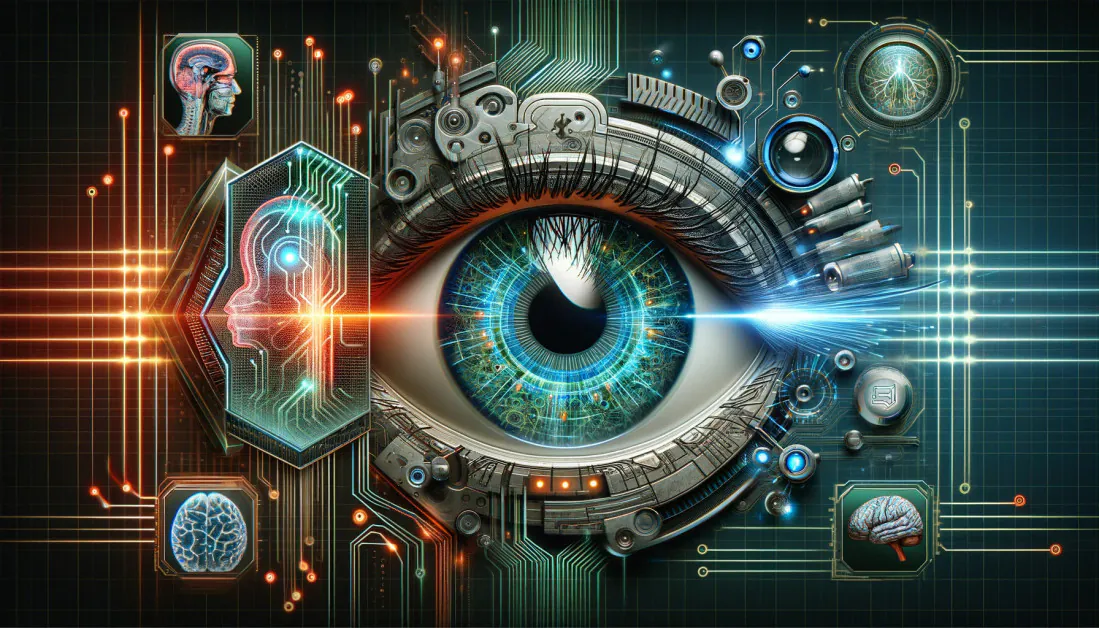Healthcare
Pioneering ASD Diagnosis Through AI and Retinal Imaging

In the realm of healthcare, particularly in the diagnosis of Autism Spectrum Disorder (ASD), a groundbreaking study has emerged. Traditionally, diagnosing ASD has been a domain reliant on the expertise of specialized professionals, a process that is often exhaustive and not universally accessible. This has led to significant delays in diagnosis and intervention, affecting long-term outcomes for many individuals with ASD. In an era where early detection is crucial, the need for more accessible and objective diagnostic methods is paramount.
Enter a novel approach that might just redefine the landscape of ASD screening: the utilization of retinal photographs analyzed through advanced deep-learning algorithms. This method represents a significant shift from conventional diagnostic practices, harnessing the power of artificial intelligence to potentially streamline and democratize the process of identifying ASD. By integrating ophthalmological insights with cutting-edge AI technology, researchers have opened up a new avenue that promises to make ASD screening more efficient and widely available.
Deep Learning Meets Ophthalmology
The intersection of deep learning and ophthalmology offers a promising new direction for ASD screening. Utilizing retinal photographs as a diagnostic tool is not entirely new in medicine, but its application in identifying ASD is a novel approach. The deep-learning algorithms employed in the study are designed to recognize complex patterns in retinal images that might be indicative of ASD. These AI-driven models analyze the intricate details of the retina, which could hold biomarkers linked to ASD.
This methodology stands out for its potential to provide a more objective and readily accessible form of ASD screening. Traditional diagnostic methods, while thorough, often involve subjective assessments and are resource-intensive. By contrast, retinal imaging coupled with AI analysis can offer a quicker and more standardized way of identifying ASD markers. This approach could be particularly beneficial in areas with limited access to specialized ASD diagnostic services, helping to bridge the gap in healthcare disparities.
The study's integration of ophthalmological data with AI represents a significant stride in medical diagnostics. It not only enhances the potential for early ASD detection but also opens the door for similar applications of AI in other areas of healthcare, where pattern recognition in medical imaging can play a crucial diagnostic role.
Accuracy and Implications
The findings of the study are particularly noteworthy in terms of the accuracy and reliability of the AI models used. The reported average area under the receiver operating characteristic curve (AUROC) of 1.00 indicates a near-perfect ability of the models to distinguish between individuals with ASD and those with typical development. Such a high level of accuracy underscores the potential of these deep-learning algorithms as reliable tools for ASD screening.
Furthermore, the study revealed a 0.74 AUROC in assessing the severity of ASD symptoms. This suggests that the AI models are not only capable of identifying the presence of ASD but can also provide insights into the spectrum of symptom severity. This aspect of the research is particularly important for tailoring intervention strategies to individual needs.
A critical revelation from the study was the significant role of the optic disc area in the retina. The models maintained a high AUROC even when analyzing just a small portion of the retinal image, indicating the importance of this specific area in ASD detection. This finding could guide future research in focusing on particular regions of the retina for more efficient screening processes.
The study's outcomes have profound implications for the field of ASD diagnostics. The use of AI-driven analysis of retinal photographs not only offers a more accessible screening method but also adds a layer of objectivity that is sometimes challenging to achieve in traditional diagnostic processes. As this research progresses, it could pave the way for more widespread and early identification of ASD, leading to timely interventions and better long-term outcomes for individuals with ASD.
Future Prospects in AI-Enhanced ASD Diagnostics
The study's success in using deep learning algorithms for ASD screening via retinal images marks a crucial advancement with far-reaching implications for future diagnostics. This approach heralds a new era in healthcare where AI's potential to augment early and accessible diagnosis could transform the management of complex conditions like ASD.
The transition from research to clinical application involves validating the AI model across diverse populations to ensure its effectiveness and unbiased nature. This step is vital for integrating such technology into mainstream healthcare while addressing the ethical and data privacy considerations intrinsic to AI in medicine.
Looking forward, this research paves the way for AI's broader role in healthcare. It promises a shift towards more objective and timely diagnoses, potentially extending to other medical conditions beyond ASD. Embracing AI in diagnostics could lead to early interventions, improving long-term outcomes for patients and enhancing the overall efficiency of healthcare systems.














